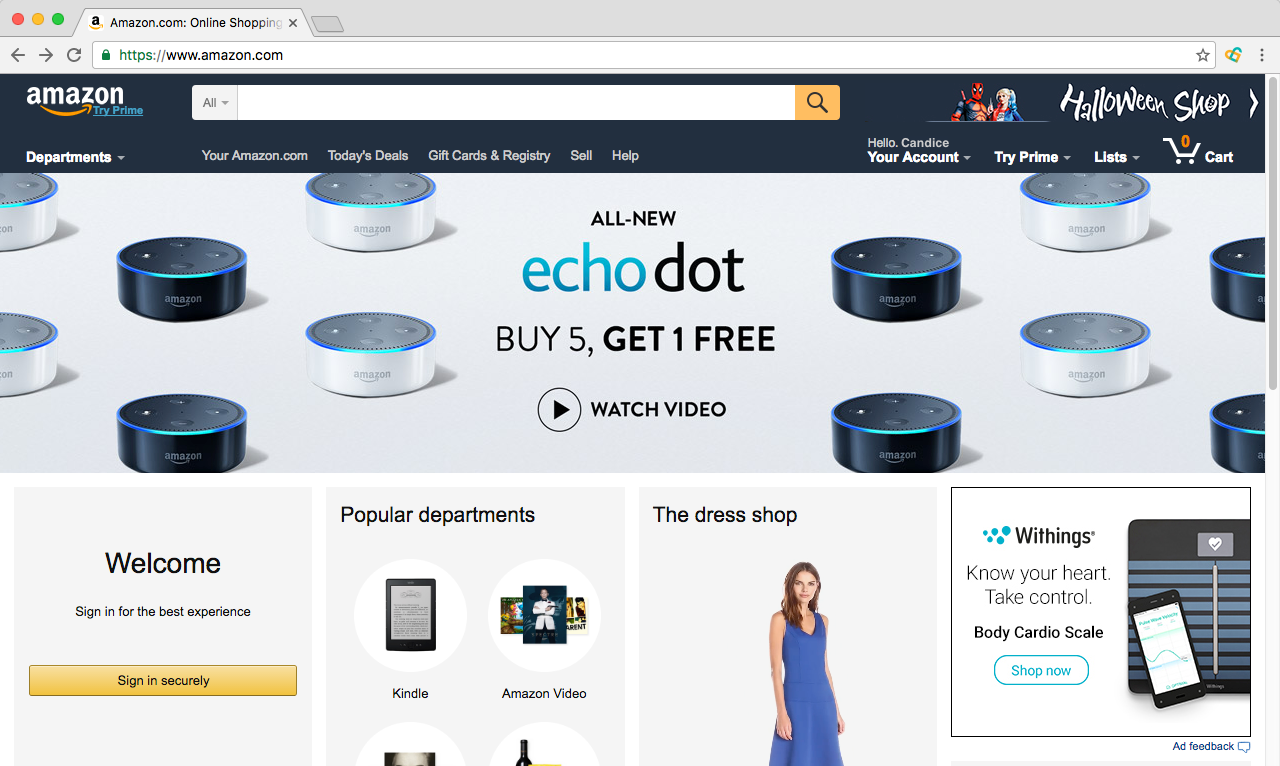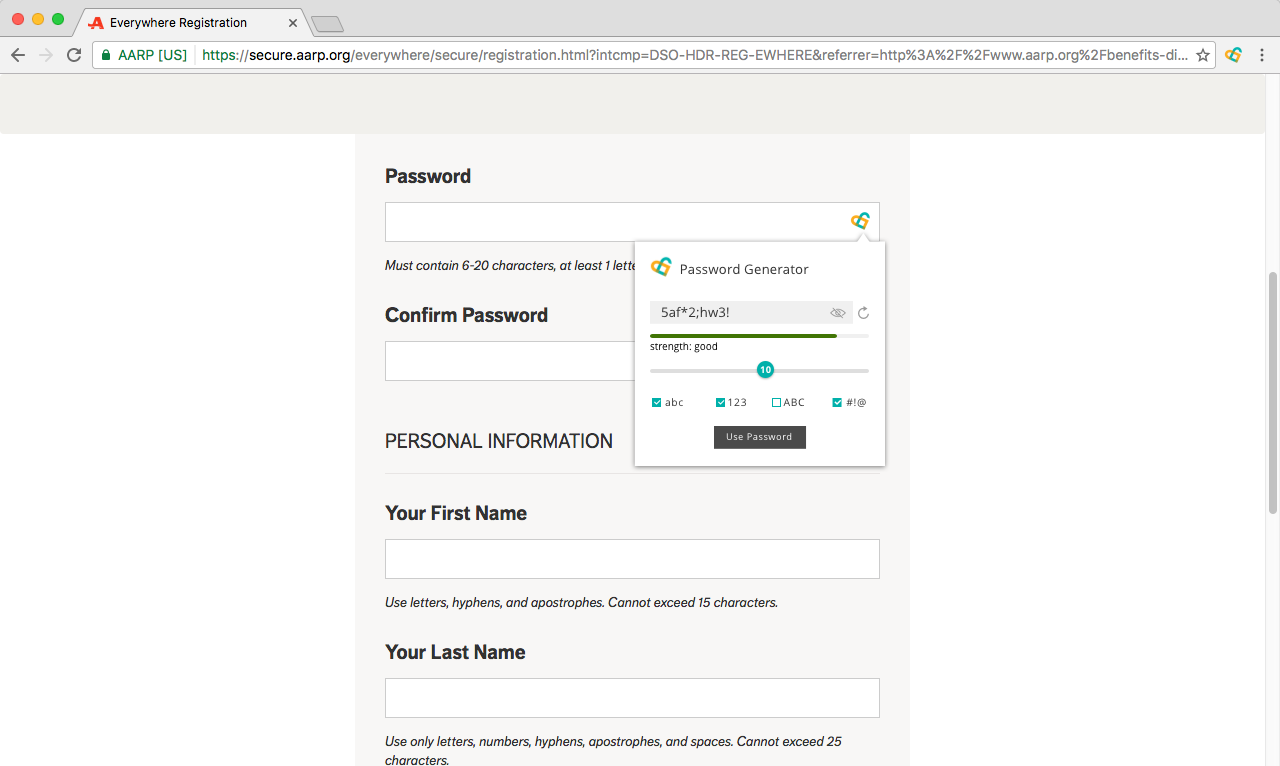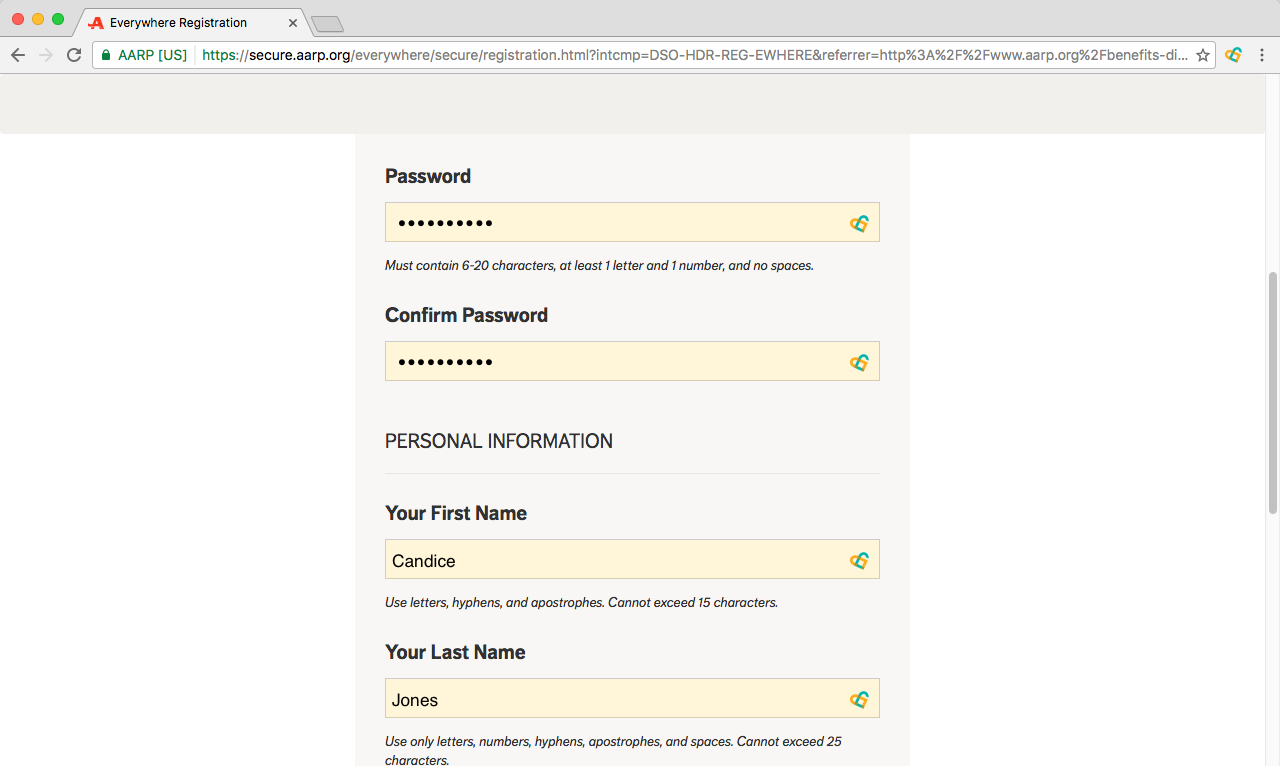The failed idea that saved a bunch of money.
Ok I admit, it’s a catchy title. I had this idea to help the company increase customer engagement. Turns out the idea wasn’t going to move the needle. We found this out because I was able to build a quick prototype, test it with real people and get instant feedback. Read till the end, you’ll find the idea ended up being a big deal, this just wasn’t the time and place for it.
LifeSite Password
a case-study on password security and human behavior
What is LifeSite?
LifeSite is a secure mobile safe deposit box for your life's most important information.
Audience: end of life baby-boomers and older, military, parents of college students
What is LifeSite Password?
Though LifeSite has your info all in one place, it wasn’t easy to quickly use something like your passwords. I designed a feature to solve this so users don’t have to think. If it’s a chore people won’t use it.
PROCESS:
Map: The study began with some basic research, goal setting, and personas to dig deeper into the problem. Then, doing a competitive analysis and mapping out a path to solving the problem.
Goal: Build a prototype and get feedback on a way to securely store, use and update passwords for online websites.
Researched Competition: LastPass, RoboForm, Dashlane
Primary Personas:
Robert
Self-identified tech nerd. Prefers easy of use over security. Uses the same password for everything.
Karen
Not tech savvy. Prefers ease of use over security. Uses the same password for everything.
Secondary Personas:
Holly
Not tech savvy. Prefers ease of use over security. Frustrated we even need passwords. Writes same password down in wallet.
Lynette
Writes all her unique passwords on paper. Doesn't trust the internet.
Sketch: After creating a road map, the study continued with sketching a variety of solutions.
Decide: After sketching, I created wireframes of the best options.
Prototype: The storyboard was then hacked together into a clickable prototype, based on the MVPs.
Key Performance Indicators
Test: Does it actually work? Users were interviewed and interaction behavior was studied against the key performance indicators.
What I learned:
There are convenient and secure people.
Convenient people choose to be ignorant.
Secure people don't trust the internet.
Securing your info is like eating vegetables; it's good for you, but not delicious.
Nice-to-have is not worth building a complex feature for a small market.
Most have a password management system that works for them, and are not looking for a solution.
UPDATED ANALYSIS: Apple’s “keychain” assistance has since been created and basically does the same thing. The idea was good, just not the best situation to implement it. I’m glad it’s now a native feature and didn’t need to be built through a third-party app.























